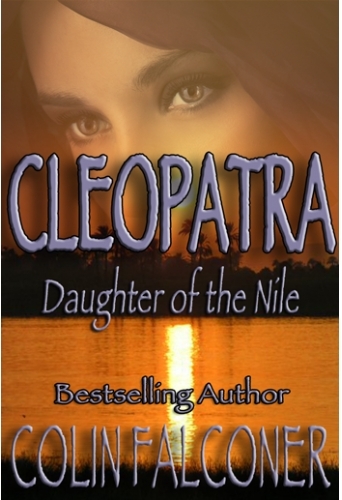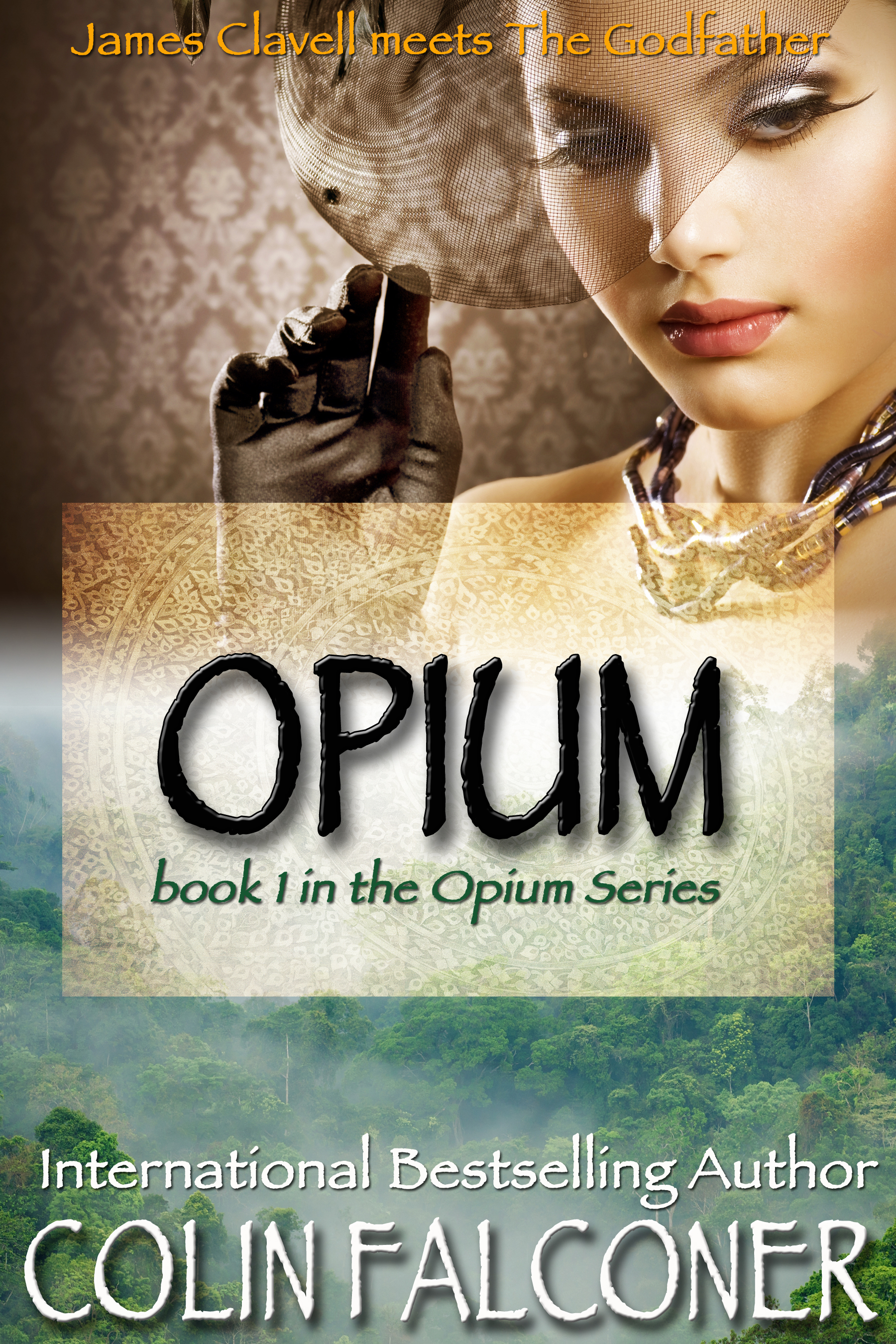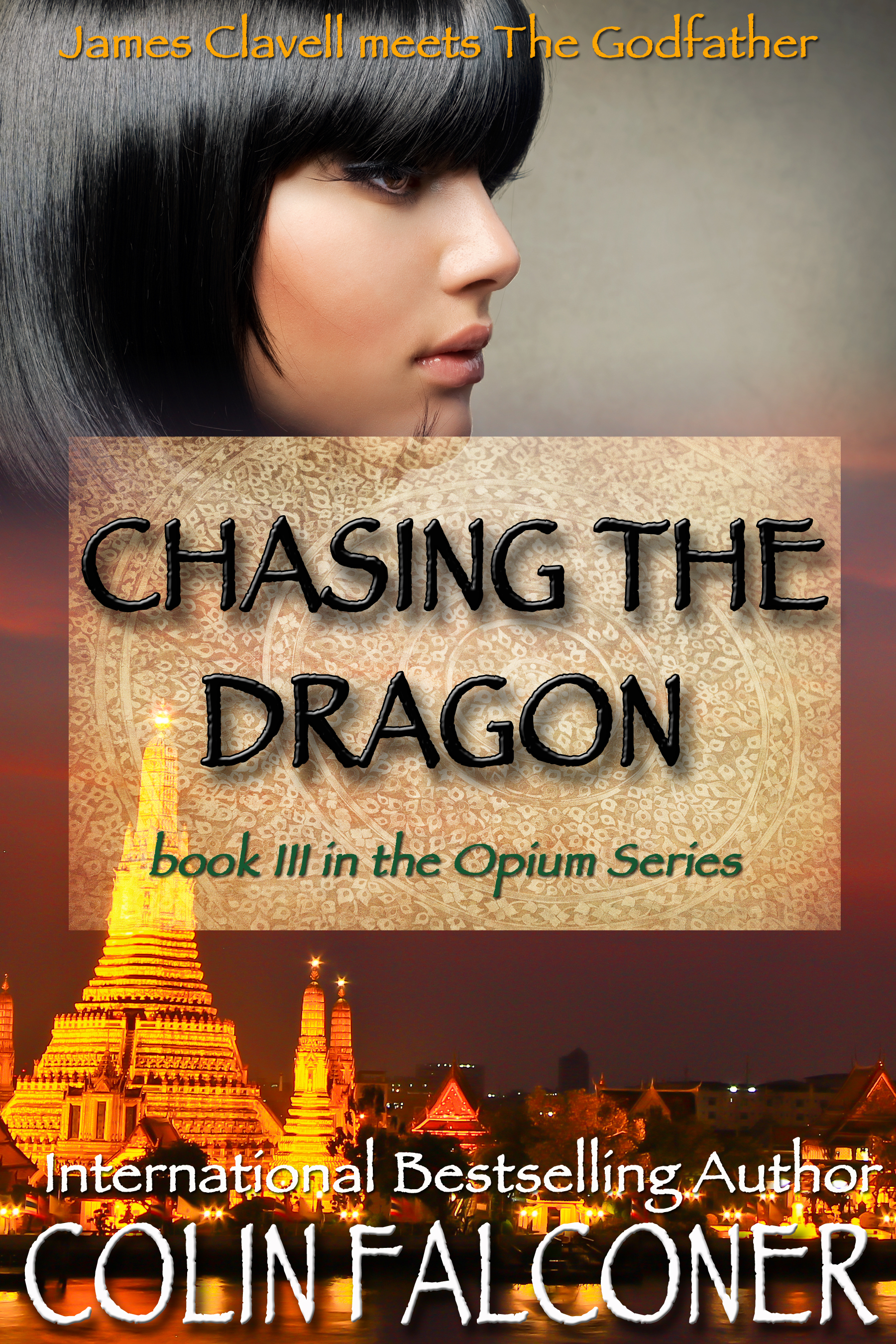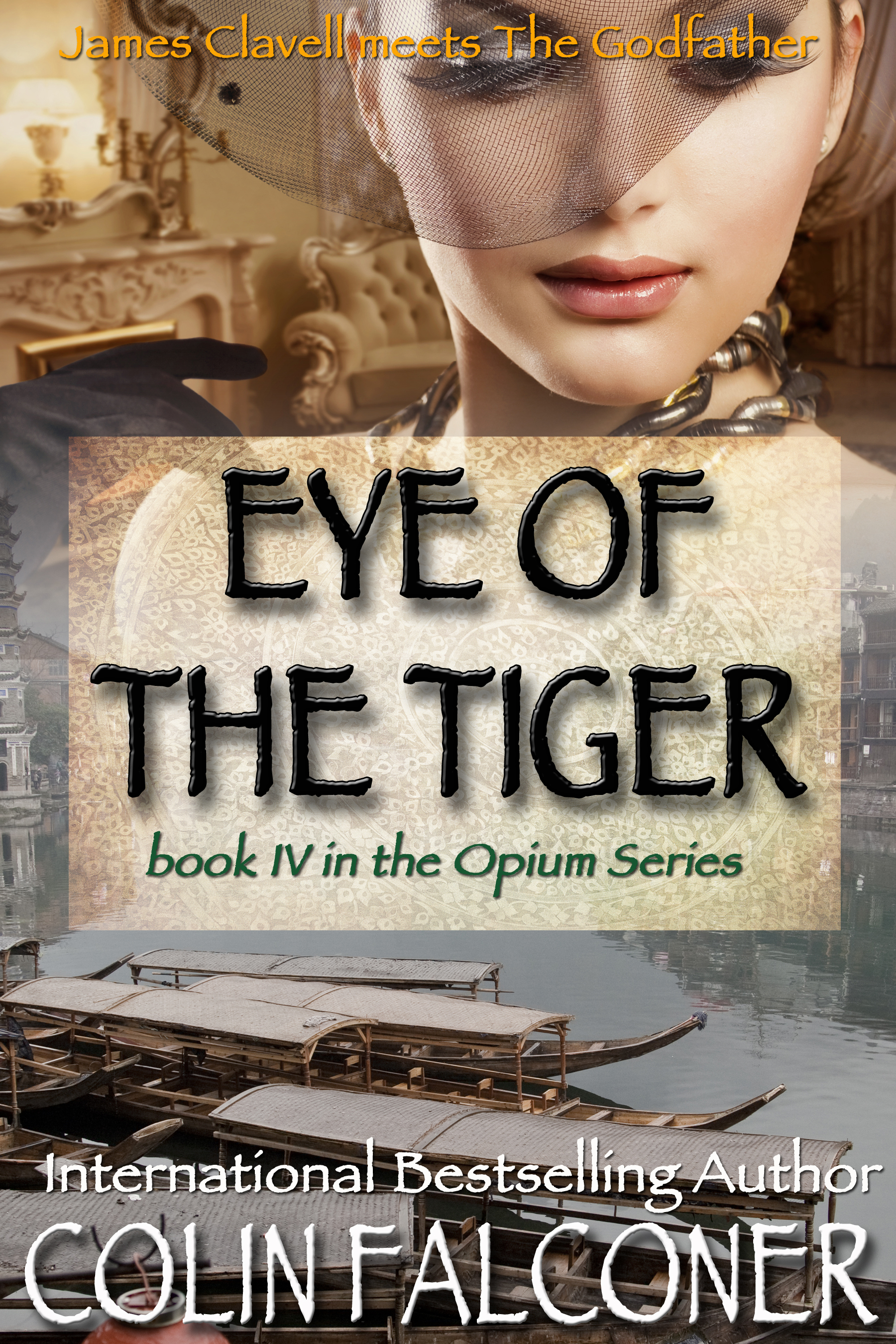In the west we think of Romeo and Juliet as the archetypal lovers, the ultimate romantic couple.
Yet India has perhaps better claim to the accolade than Italy; if you want to find a monument to the world’s greatest love story, you will find it in one of India’s most polluted and industrialized cities, not the cobbled medieval streets of Verona.
India’s Juliet was born Arjumand Banu Begum, in Agra, northern India, the niece of the Empress Nur Jehan, wife of the Emperor Jehangir. She was fourteen years old when she was engaged to Prince Khurram - later to become the Shah Jahan. But she had to wait five years for the marriage, for a date chosen by court astrologers as propitious for a happy marriage.
For once, the court astrologers got it exactly right.
In the intervening years the Shah had already taken two other wives; but after he married Arjumand he was so taken with her that he surrendered his polygamous rights to other women in order to be only with her.
He later conferred upon her the title ‘Mumtaz Mahal’ - the chosen one of the palace.
According to the official court chronicler, Motamid Khan,the relationship with his other wives ‘had nothing more than the status of marriage. The intimacy, deep affection, attention and favor which His Majesty had for the Cradle of Excellence (Mumtaz) exceeded by a thousand times what he felt for any other.’
Of course, the affections of princes can be notoriously fickle; but not in the case of Shah Jahan.
Mumtaz became his trusted companion, and travelled with him everywhere, even on military campaigns, despite her frequent pregnancies. Court historians go to elaborate lengths to document the intense and erotic relationship the couple enjoyed. His trust in her was so profound that he even gave her his imperial seal, the Murh Uzah.
In their nineteen years of marriage she bore him thirteen children, seven of whom died at birth or at a very young age.
But in 1631, while him accompanying on a military expedition in Burhanpur (now in Madhya Pradesh) she died while giving birth to their fourteenth child, a daughter named Gauhara.
The Shah was reportedly inconsolable. He went into secluded mourning for a year and when he appeared again, his hair had turned white.
The first half of his life had been dedicated to their marriage; the second half of it he dedicated to her memorial.
In 1631 he had her body disinterred and transported in a golden casket back to Agra. He then set to work planning the design and construction of a suitable mausoleum and funerary garden for the woman who was the love of his life.
It was a task that would take more than 22 years to complete: he was still laboring over her tomb in his fifties.
He had translucent white marble brought from Rajasthan; jade and crystal from China; turquoise from Tibet; carnelian from Arabia. He brought in the finest artisans in the Empire. There were sculptors from Bukhara, calligraphers from Syria and Persia, stonecutters from Baluchistan.
When it was finished it became one of the wonders of the world and remains the iconic emblem of India; the Taj Mahal.
But the construction bankrupted the Empire and soon after its completion, he was deposed by his son Aurangzeb and put under house arrest at nearby Agra Fort.
It is said that he could not see the Taj from his cell so he hung a crystal in the high window so he could see its reflection there. When he died, Aurangzeb buried him in the mausoleum next to his wife.
Theirs was one of the great love stories of history. And asthe four million tourists who flock to Agra every year will attest, it was indeed a love that did not grow old.
‘Another man would have made it an affair and nothing else. Another man would have been more ruthless, more cynical. The naked husband falls in love.’
Mark d’Arbanville has the ‘perfect life’: a successful writer, he is happily married with a teenage son.
But when he falls in love with another woman, Mark’s life unravels, exposing regret, estrangement and heartache. Yet as his marriage falls apart Mark still can’t let go. Nor can his lover, Anna, who won’t leave her husband. When Mark finally does make the break, the effect is catastrophic - his wife commits suicide. The circuit breaker comes when Mark finds his dead wife’s journals, and in their pages discovers a man - himself - he can barely recognize.
He is forced to take stock of who he is and how men and women live their lives.
THE NAKED HUSBAND takes a candid look at the way men think, act and feel inside a relationship. Shocking, disturbing but impossible to put down, it’s a novel for every woman who ever found the reality of sex and marriage so different to the fairytale, and wondered why.




























I’ve almost finished “Corrigan’s Run” and have some questions, but I don’t want to ask them in a general comment section. I also understand you might not want to publicize your email address. Therefore, if you would email me, at [email protected], I will reply. Thanks, Julia
I have always loved their story. As soon as you said India, I smiled.
It’s a beautiful story, and when you imagine his dedication after her death, I find this quite awe-inspiring. This is actually a prince and princess happily ever after story - only in this mortal life we can never have forever forever